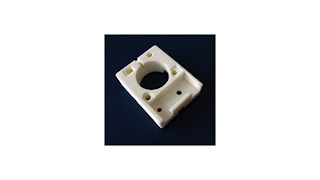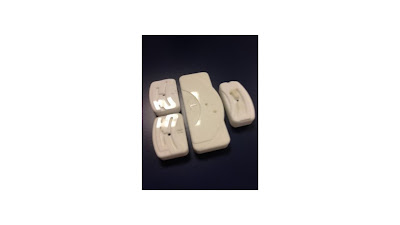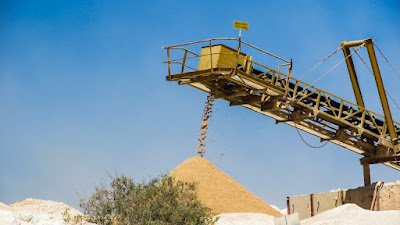Cordierite was discovered by French geologist Louis. A. Cordier in the year 1815. Cordierite is basically magnesium aluminium silicate in its natural form. In the 19th century, a polish mineralogist obtained synthetic cordierite. Synthetic cordierite had excellent properties, such as it hardly deforms when exposed to heat and cold, making it highly resistant to temperature changes.
The researchers then advanced this mineral experimentation using a modified manufacturing process, which allows the formation of a honeycomb-like structure. The cordierite substrates so formed could withstand the tough conditions in car exhaust. The cordierite ceramics substrates were used in the core of the catalytic converter, which helped the automakers to meet the emission regulations in the clean air act 1970.
The English mineralogist G.A. Rankin and H.E. Merwin suggested the name “Cordierite” for the mineral. It is one of the most researched minerals because of its low coefficient of thermal expansion, which varies depending upon the material composition, pores volume fraction and other phases presence.
Cordierite ceramics contains more than 80% crystalline phase and other phases that include aluminium, magnesium and silica. They have high heat resistance and low thermal expansion, which keeps them stable in challenging situations. Corundum electrical components used today have been replaced by cordierite components due to their electrical properties.
Synthetic cordierite is used in several applications. Some of them are below:
- Heat conductors and spark protection.
- Electric heating systems and gas engineering.
- Electric resistors and electric heat accumulators
- Used of making components in cartridge heaters.
- Porous ceramics
Some extraordinary properties of cordierite:-
- Excellent thermal shock resistance
- High mechanical strength
- Low dielectric constant
- Good chemical durability
Porous ceramics exhibit properties that their denser counterparts can't achieve. Researchers are showing interest in porous ceramics because of its wide applications in thermal structural materials, thermal gas separation and lightweight structural components. Different fabrication methods are used to manufacture highly porous ceramics.
In addition, high-porous ceramics used at high temperatures require a high melting point, low thermal conductivity, good mechanical strength, and an open pore structure. As in spaceflight, active cooling is used for thermal protection against high loads. Often the coolant is injected into the porous ceramic to reduce the core temperature for thermal protection. And as various components in the active coolant must withstand very high temperatures and pressures, the porous ceramic must have a high melting point and strength.
Porous ceramics properties can be modified for a specific application by changing its microstructure and composition. Changes in pores size distribution and pore morphology can significantly affect the material properties. Structure parameters such as pore size are used to determine the mechanical properties of porous materials.
Like mechanical properties, the thermal conductivity of ceramic is determined by the pore size and porosity. According to a study, the thermal conductivity of ceramics decreases with the increase in porosity. Also, with the increase in the size of the pores, the water-retaining capacity of the material increase. Due to this, porous ceramics are used in applications that range from filtration and absorption to catalyst.
Characteristics of Porous Ceramics
- It has good chemical stability: Choosing different materials and techniques make the porous material suitable for working in corrosive conditions.
- Has good specific strength and hardness: When the gas pressure, liquid pressure and other loads change, the shape and size of the pores will not change.
- Has excellent thermal stability: Some heat-resistant ceramics filter high-temperature molten steel and gas. These three properties of a porous material make it useful for a wide range of applications. And adaptable for use in chemical engineering, metallurgy, energy source, etc.











